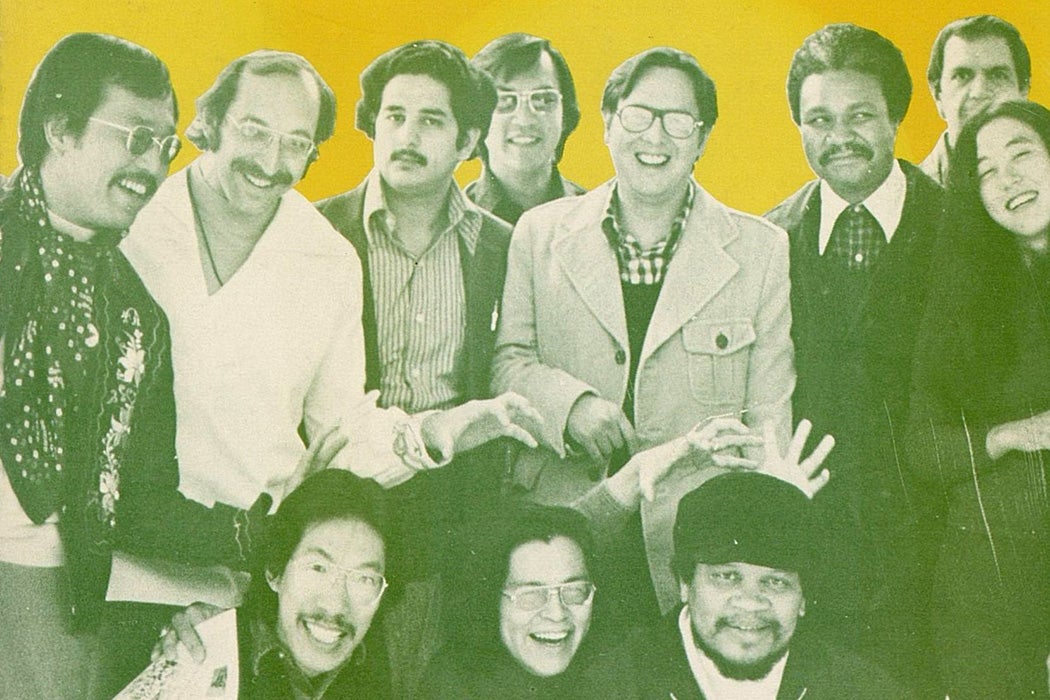“The editors of the Yardbird Reader recognize, first of all, that a broad and rich diversity of life styles and cultural forms exists in Afro-America.”
Said editors began their publication with this acknowledgement not because it was a fiery statement, but because it was an obvious one. Even with this fact in hand, the Yardbird founders still found themselves bogged down by the weight of a publishing industry that didn’t see them, one in which they’d have to repeatedly return to that one fact because, as they saw it, the establishment “deliberately or conveniently overlooked” it.
The response to this erasure was either to continue to try to make inroads with an industry that ignored them or start something new. They chose the latter, and the result was the Yardbird Reader: a short-lived literary magazine that showcased artists who lived outside the mainstream, publishing, as literary scholar William J. Harris wrote, “the literatures of the people who were not part of the dominant culture; they were all excluded from the mainstream for being.”

The Yardbird Reader was the brainchild of a collective formed in 1971, and all five published issues are part of the JSTOR Reveal Digital Independent Voices collection. Just a glance at the masthead from the first volume, which was published in 1972, shows just how much talent was involved—prolific writer Ishmael Reed, musician and future California poet laureate Al Young, and poet Cecil Brown, among them. Taking their name from the nickname of jazz saxophonist, Charlie “Yardbird” Parker, the editors set an agenda of creating a publication that not only pushed the establishment away, but resisted the idea, as Reed told an interviewer in 1975, “that says one tradition is superior to all others.”
Though the majority of the artists featured in its pages were Black, the magazine’s ethos encompassed all writers working outside of the mainstream. As Harris explains,
it reflected the end of a mono-ethnic consciousness and published not only [B]lack writers but also Asian-American, Hispanic-American, and Euro-American writers; later issues published native American authors as well.
In fact, 1974’s Volume 3 is, as literary scholar Chong Chon-Smith writes, “a special record of the progress of Asian American writing at a critical juncture for multicultural, multiethnic, and Afro-Asian collaboration.”
Yardbird looked at the writing world through a wide lens. “There’s room for all writing,” Reed wrote in the introduction to Volume 5. “Feminist, third world, experimental, you name it, and we’ll continue to provide space for it.”
Writers such as Chinua Achebe, Joy Harjo, Ernest Gains, and Ntozake Shange appeared on its pages. There were interviews with notable figures like Black Panther Eldridge Cleaver (interviewed by Henry Louis Gates) and controversial Black conservative George Schuyler. There were essays by Amiri Baraka and Stanley Crouch. Written debates on the state of Black media, fiction by Terri McMillan, criticism by literary scholar Jerome Klinkowitz, poetry by Simon Ortiz. It was, Harris writes, “one of the pioneers of multi-ethnic literature in the 1970s.”
Weekly Newsletter
But it didn’t last. The Yardbird Reader folded after just five issues due to what Reed told the Iowa Review was “a court fight with members of our corporation who didn’t do all that much for the company.” Reed and Al Young tried to resurrect the magazine as Y-Bird, another short-lived venture that ended after two issues—both of which are available through JSTOR’s Independent Voices collection.
Though the Yardbird Reader didn’t last long, its short lifespan isn’t its legacy. It was a publication that tried to shift the idea of what or who could be part of literary tradition. As Reed told an interviewer in 1972, “we’re on the right track in that we are trying to assert our independence, which is something new.”
Support JSTOR Daily! Join our membership program on Patreon today.







